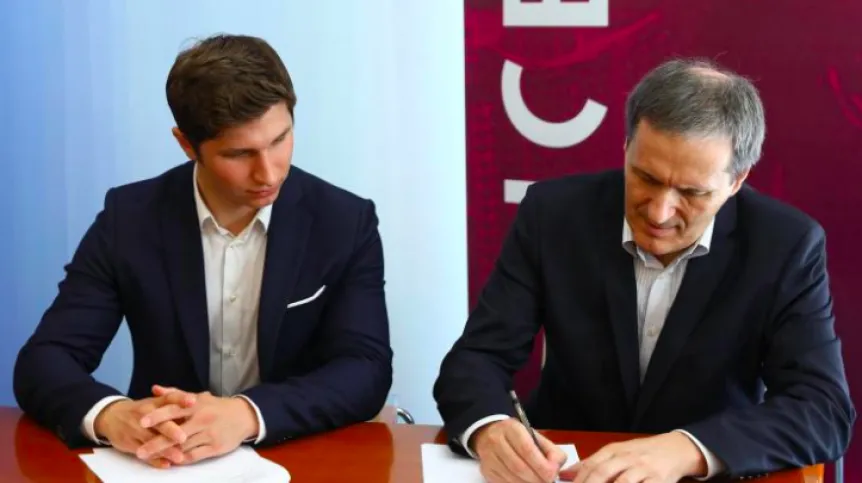
The first Polish-Finnish observation satellite will be launched into orbit later this year, representatives of Creotech Instruments and ICEYE announced this week in Warsaw. It will become part of a constellation of 18 cooperating satellites.
The commercial satellite called ICEYE-X2 will weigh approximately 85 kg. It will be equipped with ICEYE`s SAR (synthetic aperture radar), which will allow to conduct observation of the Earth`s surface regardless of weather conditions. Bad weather conditions, such as cloudiness, are an impassable obstacle for satellites with optical equipment.
Work on the device took three years, and its integration was carried out over the last six months in Finland and Poland. Creotech Instruments was responsible for the construction of selected components of the satellite and its integration.
During the press conference in Warsaw, the two companies also signed a letter of intent, according to which over the next five years Creotech Instruments will carry out integration of up to 18 satellites from the target ICEYE constellation. Once all satellites are in orbit, the return time (the return of one of the constellation satellites to the same area) is expected to be less than three hours.
"We will be able to take a photo of Warsaw every three hours" - said ICEYE CEO Rafał Modrzewski. "Regardless of the weather conditions - whether it is raining or cloudy or dark - we will be able to get a very similar image and analyse it on a computer".
"The greatest advantage of small satellites is time resolution, or how quickly we are able to respond to a problem" - said Modrzewski. "If there is a natural disaster somewhere, we are able to respond in three hours. To compare, the response time of a single satellite is 24 to 48 hours" - he added.
In addition to monitoring natural disasters, the network of small satellites can also be used to detect oil spills, monitor coastal zones or infrastructure. "Interestingly, as we did not have such small satellites until now, we do not have access to this type of information, there are no radar images from the same place made at few-hour intervals, so it is not easy to tell what other applications these satellites could have" - said Modrzewski.
The Satellite Operations Center located in the Polish headquarters of ICEYE in Warsaw will be responsible for the operation of the constellation satellites.
The cooperation between ICEYE and Creotech Instruments began in 2016, when the Polish company was commissioned to assemble electronic components for the prototype satellite ICEYE-X1, which was launched into Earth`s orbit in early 2018.
PAP - Science in Poland, Katarzyna Florencka
kflo/ ekr/ kap/
tr. RL













